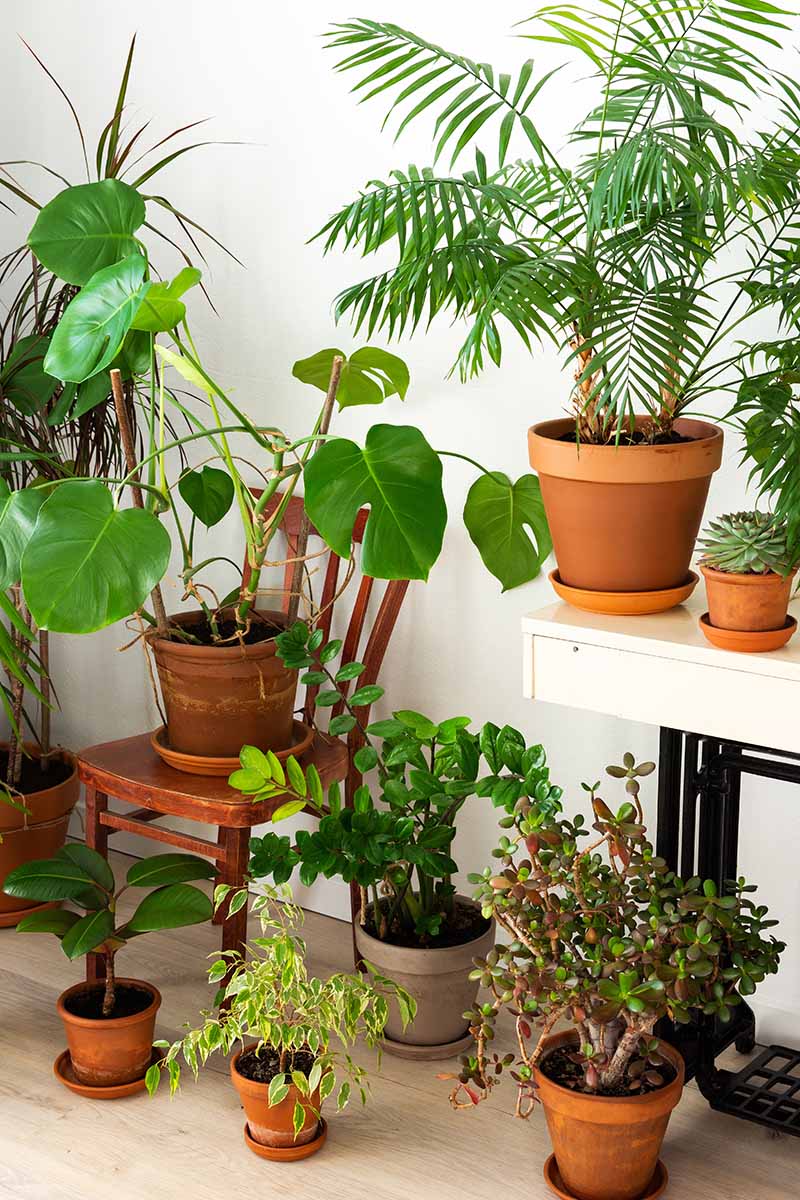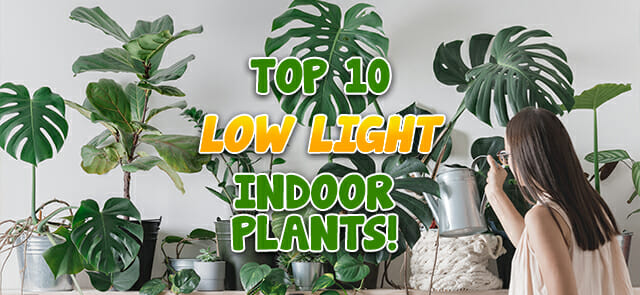Discover the very best Low-Light Indoor Plants for Enhancing Your Home Décor
Incorporating low-light interior plants right into your home decor can substantially enhance both looks and atmosphere, specifically in spaces that lack plentiful natural light. Ranges such as the Serpent Plant and ZZ Plant not only bring life to dim corners but likewise add to enhanced air quality and general well-being.

Why Pick Low-Light Plants
Why go with low-light plants in your indoor rooms? The contemporary living environment typically provides challenges such as restricted all-natural light, making it tough for conventional houseplants to prosper. Low-light plants are especially adjusted to thrive and survive in these conditions, supplying a feasible remedy for individuals seeking to improve their indoor areas without the added stress and anxiety of keeping extra light-demanding plants.
In addition to their strength, low-light plants contribute significantly to the aesthetics of a room. Their varied variety of dimensions, forms, and colors allows for one-of-a-kind interior decoration possibilities, developing inviting and lively environments. Interior plants are understood for their air-purifying top qualities, boosting interior air high quality by releasing and filtering system contaminants oxygen, which can boost general health.
Low-light plants additionally call for very little upkeep, making them specifically interesting busy people or those new to gardening. Their versatility enables positioning in numerous settings, from office to dimly lit corners of the home. By picking low-light plants, you can enjoy the advantages of greenery without the restraints that typically accompany standard gardening, inevitably fostering a healthier and extra visually attractive indoor atmosphere.
Top Low-Light Indoor Plants
For those looking for to enhance their indoor rooms with plant that prospers in low-light problems, numerous plant alternatives stand apart for their strength and aesthetic appeal. The Serpent Plant (Sansevieria trifasciata) is a preferred option, known for its upright, sword-like leaves and capability to tolerate neglect. This sturdy plant can endure in poorly lit locations while boosting indoor air top quality.
Another excellent choice is the Pothos (Epipremnum aureum), identified by its heart-shaped fallen leaves and tracking creeping plants. Pothos is not just adaptable to reduced light yet also uses a striking visual contrast when positioned on racks or hanging baskets.
The ZZ Plant (Zamioculcas zamiifolia) is just as outstanding, flaunting glossy, dark eco-friendly fallen leaves that can illuminate any kind of edge. Its dry spell resistance makes it suitable for active home owners.
Care Tips for Low-Light Plants
Just how can you make sure that your low-light interior plants grow in spite of limited sunlight? Initially, pick the suitable potting mix that offers good drainage while maintaining moisture. A well-aerated dirt, such as a blend of potting dirt and perlite, can aid protect against root rot.
Watering is essential; low-light plants usually need much less frequent watering compared to their sun-loving equivalents. Constantly examine the top inch of the dirt-- if it really feels completely dry, it's time to water. Be cautious of overwatering, as this can result in fungal problems and root degeneration.
Fertilizing low-light plants must be done moderately - Best low-light indoor plants. Use a balanced, water-soluble plant food throughout the growing season, however reduce or eliminate fertilizing in the inactive months
Furthermore, dust can build up on leaves, inhibiting photosynthesis. Carefully wipe the fallen leaves with a damp fabric to keep them tidy.
Lastly, check here observe your plants closely. Indications of distress, such as yellowing leaves or leggy development, can suggest that your plant requires adjustments in care (Best low-light indoor plants). By complying with these treatment suggestions, your low-light interior plants can grow, including appeal and vigor to your home
Creative Ways to Display Plants
Elevating the aesthetic charm of your interior area can be accomplished by thoughtfully showing your low-light plants in imaginative ways. Think about using vertical area to your advantage; wall-mounted shelves can display trailing plants like pothos or philodendron, including lushness while conserving floor space. Utilize plant stands of varying elevations to develop visual rate of interest and depth, attracting the eye upward.
Hanging planters are another superb choice, offering a remarkable result when put on hold from the ceiling or hooks. Macramé hangers can introduce texture and bohemian flair, while contemporary ceramic hangers can fit a minimalist visual. For an extra cutting-edge approach, repurpose one-of-a-kind containers such as vintage teacups or glass containers, which can add character to your screen.
Organizing plants in clusters is likewise efficient; usage differing pot sizes and shades to create a cohesive appearance. This method not only enhances visual impact yet additionally gives an all-natural habitat feeling - Best low-light indoor plants. Think about positioning plants near light sources like lamps or windows to enhance their development and showcase their dynamic vegetation, hence improving the total atmosphere of your interior atmosphere.
Advantages of Indoor Greenery
Numerous researches have shown that integrating indoor greenery right into your space uses a wide variety of benefits, enhancing both mental and physical well-being. One of the most significant advantages of interior plants is their capability to enhance air quality. Plants absorb carbon dioxide and release oxygen, developing a healthier atmosphere while also straining harmful contaminants, therefore promoting respiratory wellness.
In addition, the visibility of greenery has been connected to decreased stress degrees. Study suggests that connecting with plants can reduce cortisol degrees, which are connected with tension. This soothing result can lead to enhanced state of mind and enhanced efficiency, making indoor advice plants a suitable addition to work areas.
Furthermore, interior plant can boost cognitive feature. Studies recommend that settings improved with plants can bring about enhanced emphasis, imagination, and general psychological clearness. The aesthetic appeal of interior plants also adds to a much more welcoming and pleasurable setting, favorably affecting social interactions and general fulfillment within a room.
Verdict

Including low-light interior plants into your home decoration can considerably improve both looks and environment, especially in spaces that do not have abundant natural light. Ranges such as the Serpent Plant and ZZ Plant not only bring life to lower edges but likewise add to improved air high quality and overall well-being. Indoor plants are known for their air-purifying qualities, boosting indoor air top quality by launching and filtering system toxic substances oxygen, which can enhance general health.
For those looking for to improve their indoor rooms with greenery that grows view publisher site in low-light conditions, numerous plant choices stand out for their resilience and aesthetic appeal. These resilient plants, such as the Snake Plant and ZZ Plant, prosper in dark problems and need marginal upkeep, making them suitable for different lifestyles.
Comments on “Create a Lush Indoor Oasis with the Best Low-Light Indoor Plants”